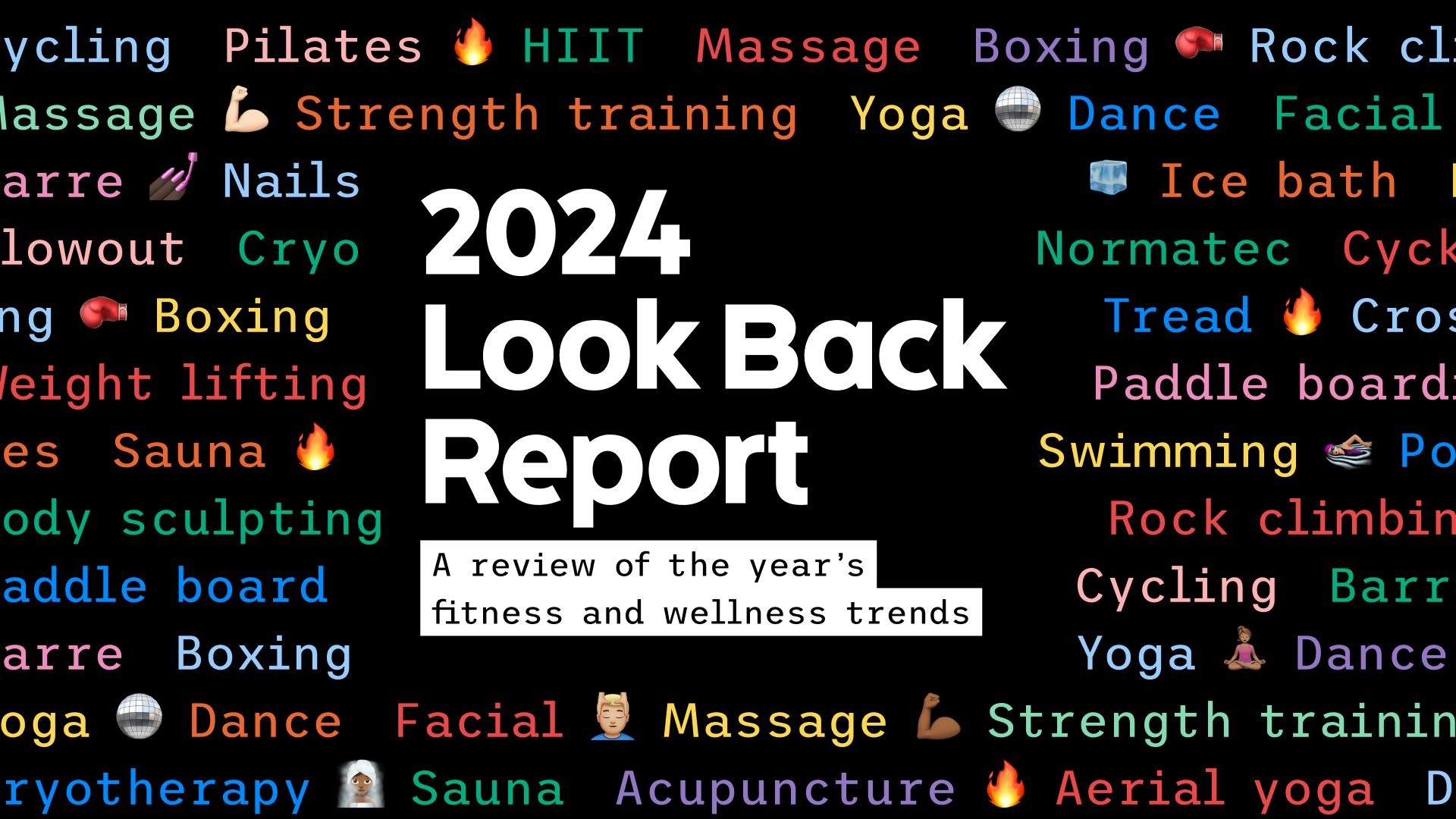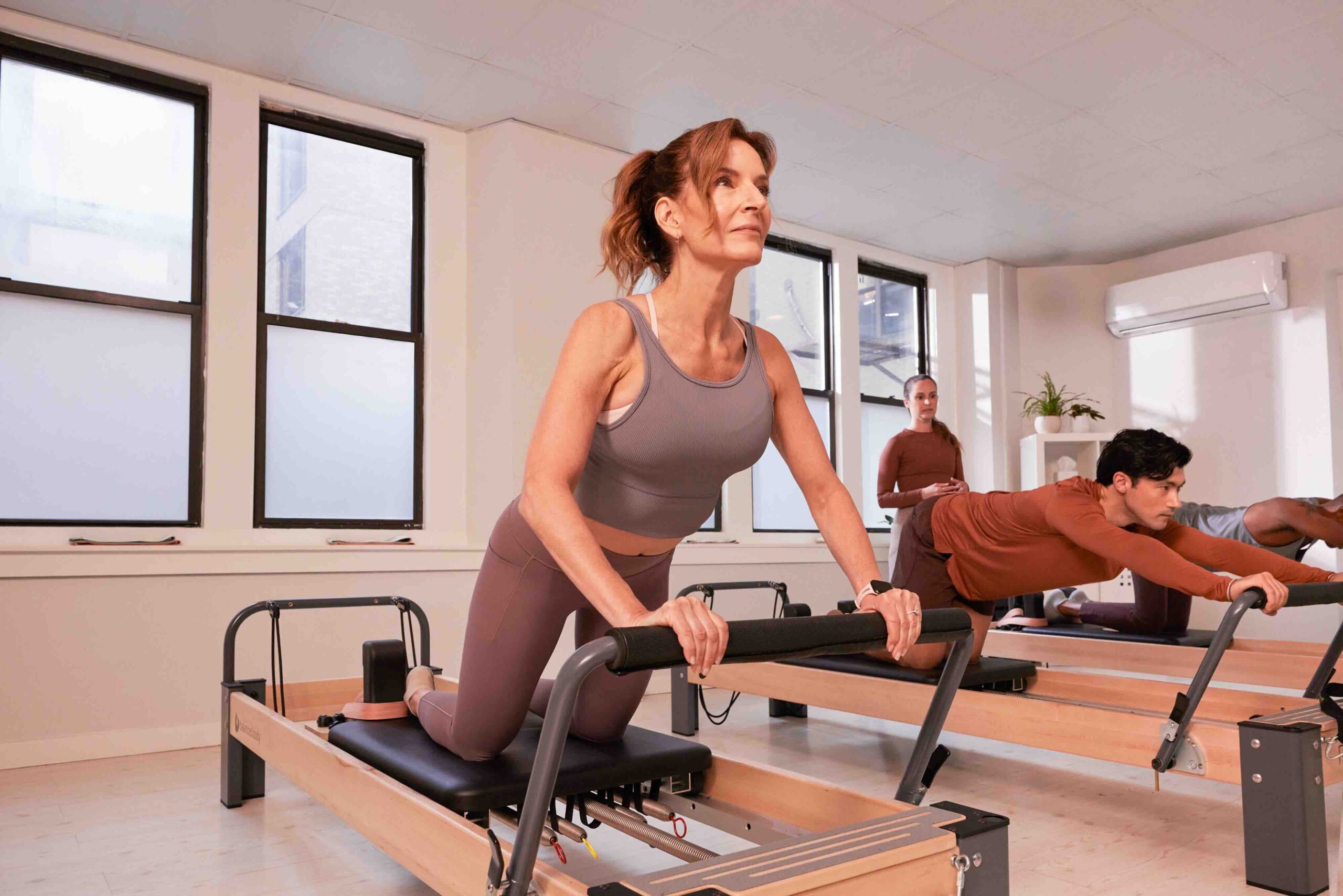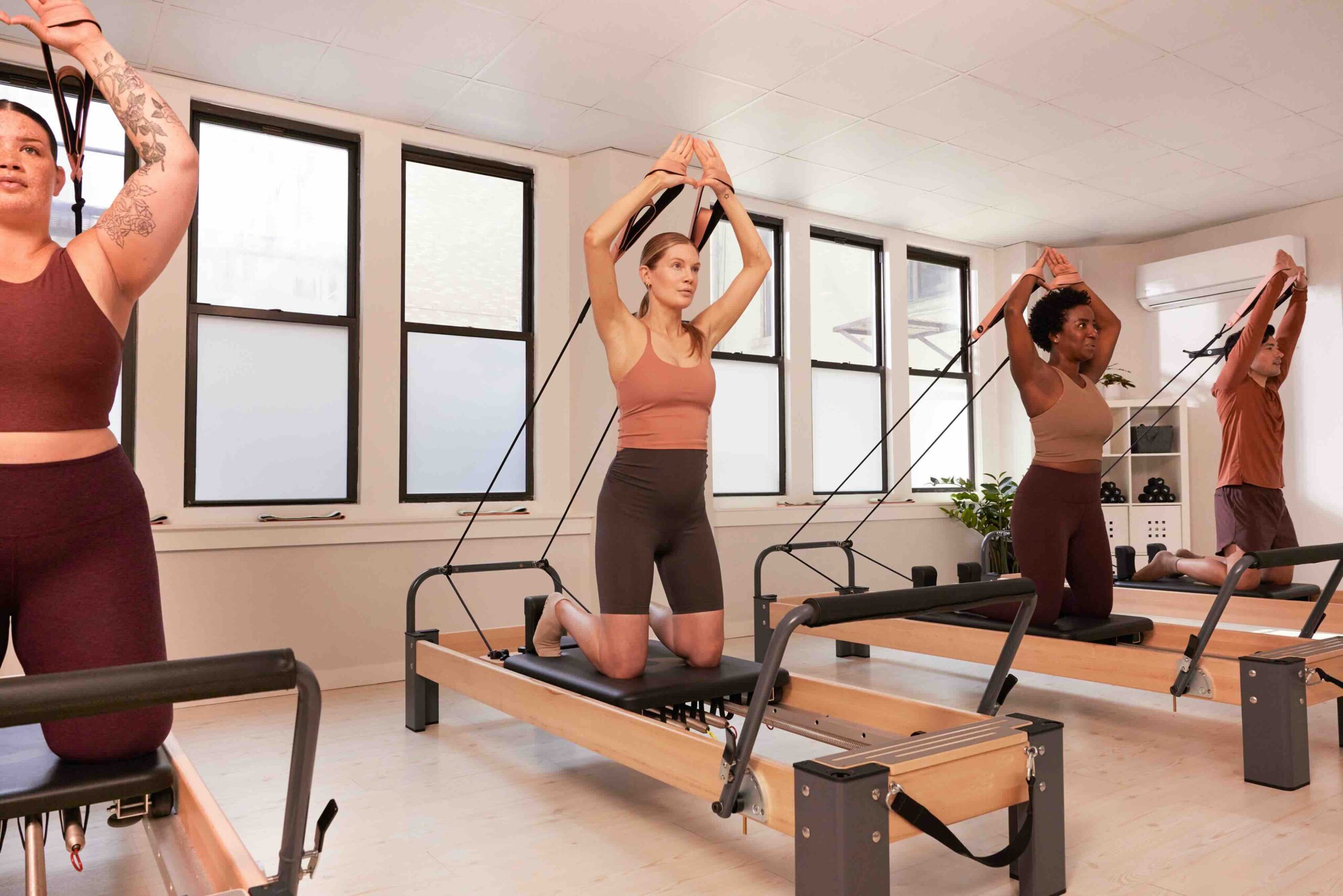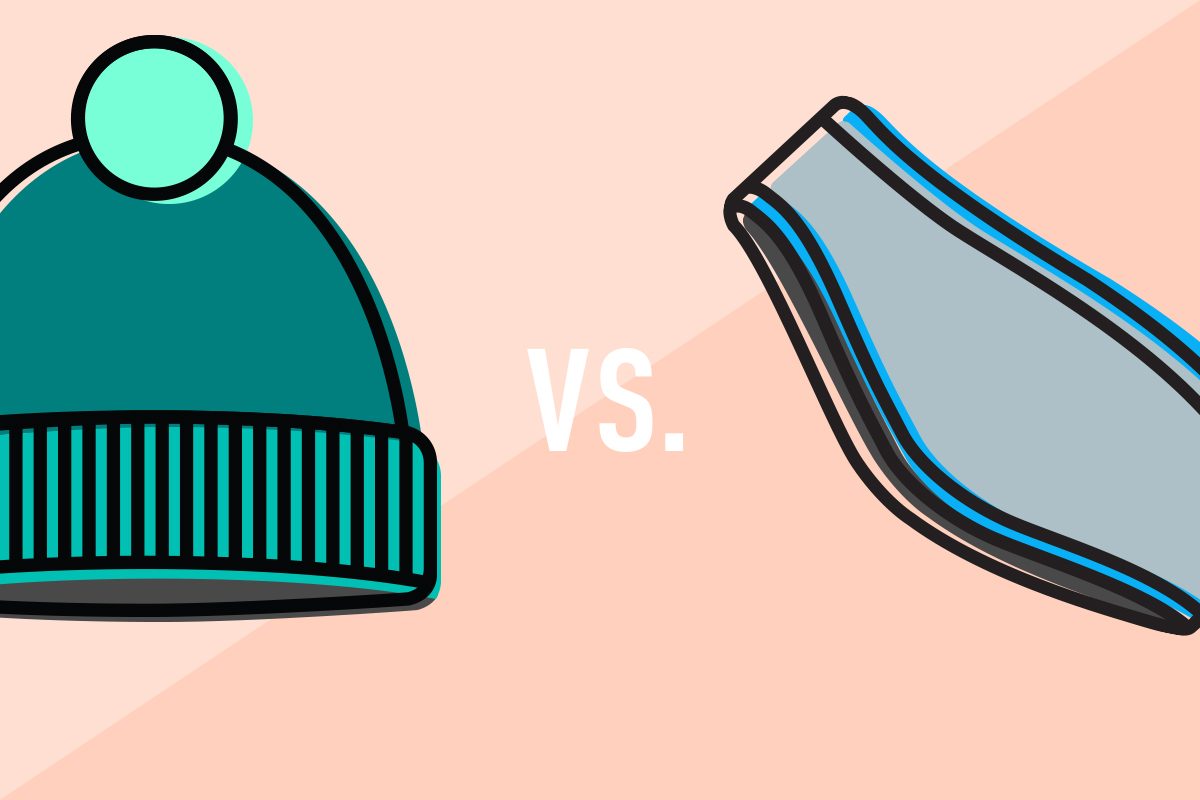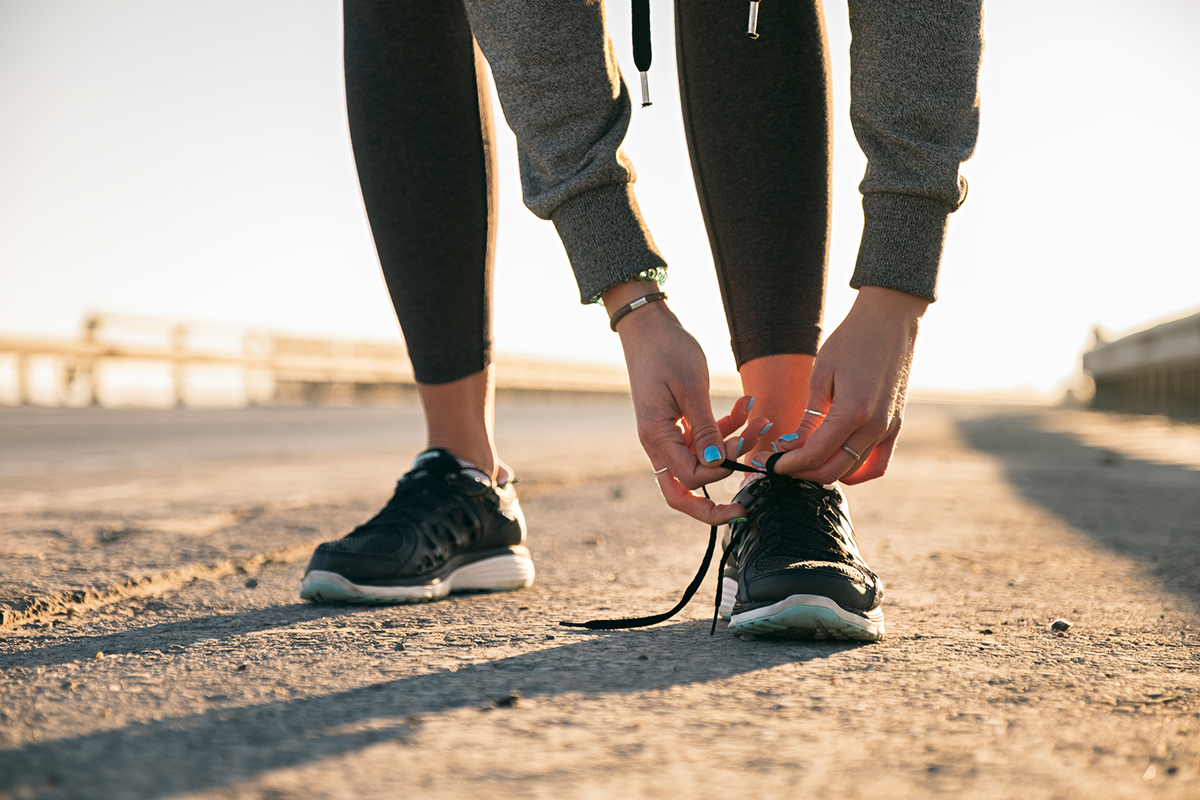Nothing brings on a full wardrobe crisis like trying to dress for a workout class during the winter months. Sure, you could just throw your winter coat over your fitness threads and call it a day. That is, if you’ve got a bottomless budget for dry cleaning that thing so that it doesn’t start to stink—or precious free time to wash it on your own. Of course, that approach doesn’t really work when you’re craving an outdoor workout.
The winter layering guide
So how can you dress for a workout without freezing on your way to class or sweating through all of your layers (and spending an extra five minutes stripping down before class starts)? Fear not, fitness enthusiasts. With the right materials and some know-how, it’s possible to strategically and simply layer your workout clothes in a way that keeps you warm and dry.
Here is your ultimate guide to sweat-proof layering. The person sitting next to you on your commute home will thank us.
Layer the light with the heavy
When you’re getting ready to brave the cold, it can be tempting to pull on layers of the warmest materials you have. But cut to halfway through your warm up, and you’ll be severely regretting that decision—and likely struggling to wriggle out of those added layers without missing too much of class. The solution? Keep the layers closest to your skin on the light side, and add heavier layers to the top of your clothing. That way, you can shed the heavier layers easily, and won’t have to suffer through the workout wearing your thickest leggings that seemed like a good idea before you got your body moving and sweating.
Be mindful of materials
In addition to strategically layering the light with the heavy, you’ll also want to be mindful of what kind of material you’re layering with. Cotton on cotton? You’re in for a sweatfest. Spandex on polyester? You’re going to be wet and cold. Follow the rule of thumb for your warmest materials as your outer layer, and lighter, more breathable fabrics as the garments that get direct skin contact. Speaking of which…
Put your moisture-wicking layer on first
All of your best layering efforts are wasted if you’re not wearing material that wicks away moisture. Why? Think about it. You leave your workout drenched in sweat, but the layer of clothing you’re wearing on the bottom isn’t high-performance. So instead of keeping you dry or absorbing sweat, all that moisture is just kind of trapped in there. Regardless of the warmer layer you’re about to throw on over those wet, sweaty clothes, damp clothing and subzero temperatures do not mix. Make sure that the first layer you put on is a fabric has moisture-wicking capabilities, so that it’s touching your skin and can actually do its job.
The three layer rule
If you’re not going to let a little cold weather keep you from taking a scenic hike or going for a run in the great outdoors, you’ll need to dress accordingly. Your best bet is to incorporate three strategic layers into your outfit. First, start with a base layer that’s in direct contact with your skin, which will keep you warm and dry. Something that’s moisture-wicking and not cotton will do the trick. It should be loose enough to keep air flowing between layers, and light enough that it doesn’t restrict your range of motion. Next, add a layer for insulation. This one can be made out of cotton or any high-performance material that’s designed for warmth. Finally, top it all off with an outer layer that blocks the wind, but still allows moisture escape. Nylon is a good option here.
Thermal pullovers are your BFF
If you’re seeking out an option for your outer layer to wear to class, you can’t go wrong with a thermal pullover. Not only are they extremely easy to get on and off (they don’t call ’em pullovers for nothing), there are ton of high-performance thermal pullovers that are designed to keep you warm and dry at the same time. Look for words like “dry fit” or “breathable” on the tag when you’re shopping.

